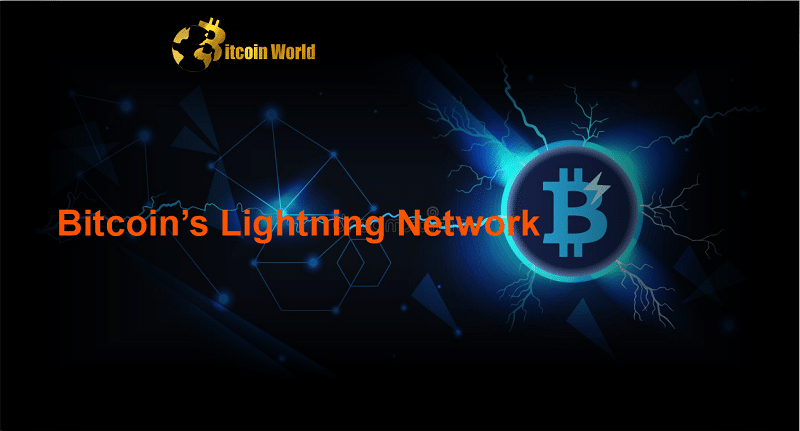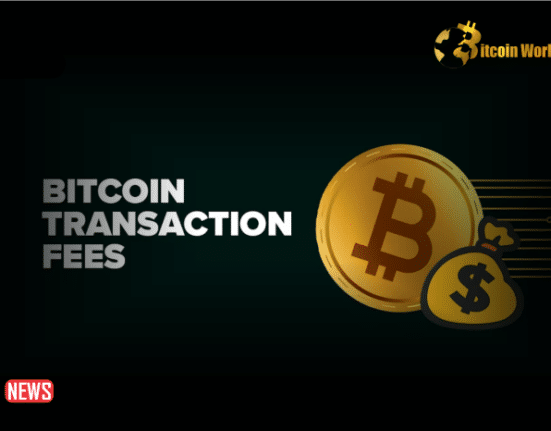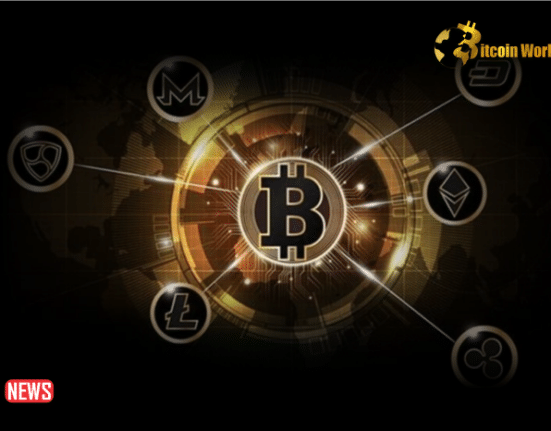The Lightning Network has emerged as the technological solution to Bitcoin’s scalability problem over the last five years. However, its growth has been slow and has been hampered by significant obstacles such as a lack of liquidity and potential risks.
To overcome these obstacles, a collaborative effort between centralized and decentralized solutions will be required, paving the way for wider Lightning Network adoption and increased Bitcoin usage.
I see these Lightning Network issues clearly – but first, let’s look at the numbers. The Lightning Network protocol currently has over 16,000 nodes and 75,647 payment channels. The number of nodes has increased by 240% since 2020. The current network capacity is over 5400 BTC, with 0.333 BTC being the average node capacity.
A recent study found that the majority of nodes are in developed countries. Germany, Canada, and the Netherlands each have nearly 10,000 nodes, with the United States hosting roughly half of all existing nodes.
Lightning Network apps (LApps) or LN wallets provide access to off-chain transaction channels. There are currently over 70 LApps or wallets available on the market.
Although LN is becoming more popular and widely used, it contains some risks that users may be unaware of.
First and foremost, LN channels are fundamentally anonymous and decentralized, which means that responsibility is solely shared by the parties involved. This raises significant concerns in the event that one of the parties turns out to be a bad actor (e.g., when both parties are in the payment channel, one may close the channel and pocket the funds while the other party is offline).
Second, because all transactions, except the last settlement, are recorded off-chain, all funds may be lost if any participant closes the channel. This problem contradicts a fundamental principle of blockchain technology, which is to ensure transparency.
Third, there is the risk of malicious cyberattacks disrupting transactions and increasing network congestion.
According to a Florida International University report, malicious bots could be programmed to attack Lightning Network channel servers. By breaching the network, they can open and close multiple channels at the same time, causing massive congestion and opening the door for hackers to steal funds from their targets.
Finally, there is the risk of the counterparty default. If one of the participants lacks sufficient funds to cover their balance, the transaction will fail and the funds will be forfeited. These risks and concerns limit LN’s overall potential. The first step toward network security is to improve user knowledge and experience, such as by making LN channels simple to set up and use.
Furthermore, a strong emphasis should be placed on improving node quality. Many operators manage their nodes using advanced software ecosystems, but they must properly balance their channels. This reduces network speed, slowing transactions and jeopardizing LN’s primary use case.
Finally, the LN could make use of a low-cost plug-and-play device that users could simply plug into an electrical socket and easily configure to optimize all network configurations and node performance automatically. Overall, the Lightning Network was designed to address the Bitcoin network’s scalability issues by making transactions faster, cheaper, and more efficient.
However, if the current risks and liquidity issues persist, these benefits will be limited. As a result, if LN is to be adopted in other regions, operators and developers must improve the user experience and security features of LN platforms in the future, as well as introduce effective solutions. Finally, we see a link between the rise of layer two solutions and the rise of transaction fees in layer one.
This is especially noticeable in Ethereum, where the increase in average gas prices from 2020 to 2022 prompted many developers to investigate layer two solutions. As a result, new layer two scaling solutions have emerged.However, transaction fees on the Bitcoin network are not as high, so most users prefer to use the native layer.That is why, if network transaction fees rise, it is critical to solve the sector’s internal problems in order to attract potential users and be the best market-fit solution.















